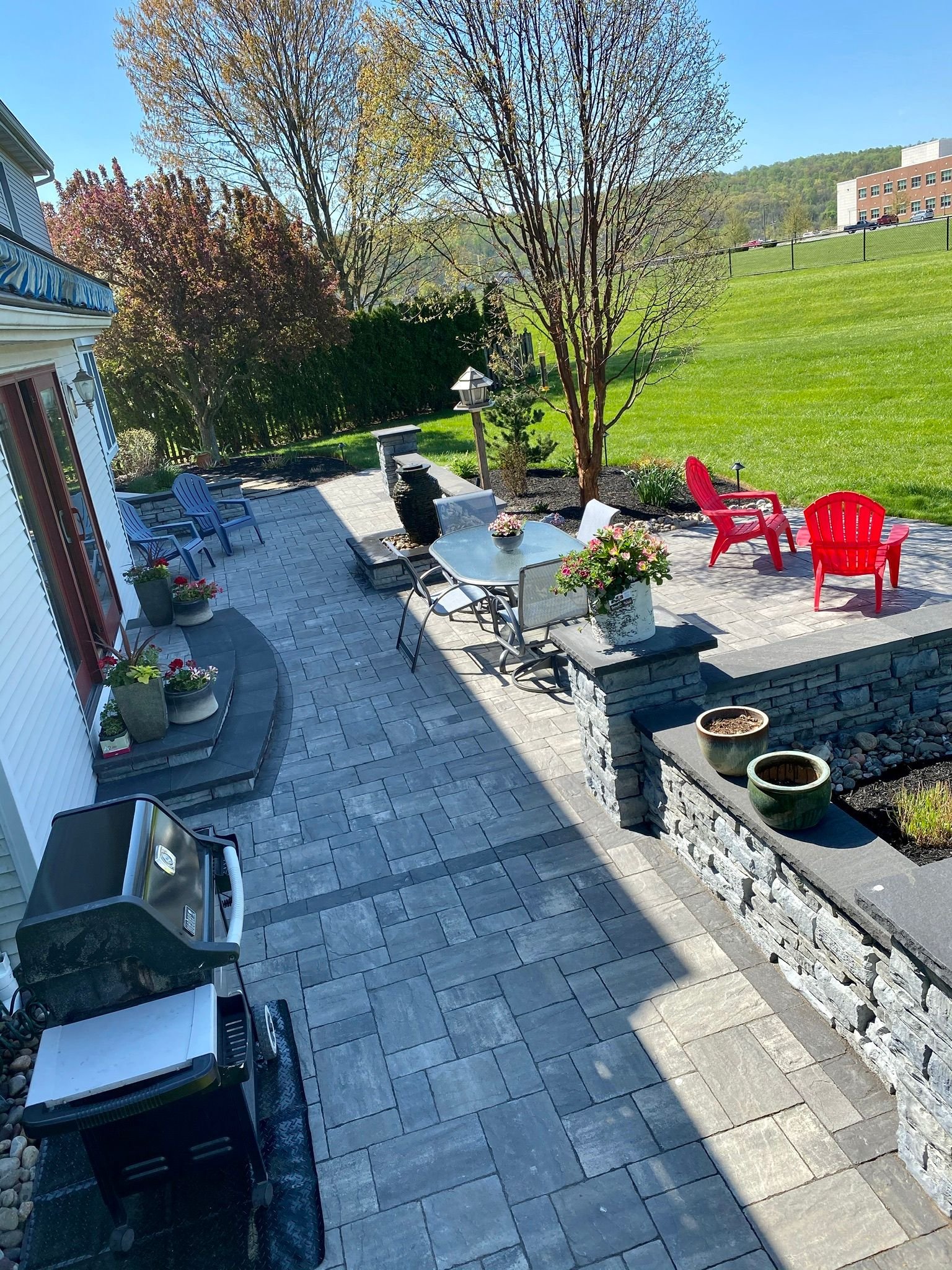As interest for eco-friendly practices continues to grow, some homeowners are increasingly seeking sustainable landscape design that minimizes environmental impact and promotes sustainability. In Wescosville, PA, landscapers can play a crucial role in bringing these sustainable visions to life, and landscapes can implement various strategies and techniques to create beautiful and environmentally conscious landscape designs.
Site Assessment and Planning
Before starting any landscaping project, a thorough site assessment may be recommended. The soil type, topography, and drainage patterns must all be evaluated to better understand the specific needs and challenges of the landscape. With this information, the landscaper can develop a well-informed plan that maximizes the use of natural resources and minimizes waste.
Native Plant Selection
Incorporating native plants into the landscape design offers numerous benefits. Native plants are well adapted to the local climate, requiring less water, fertilizer, and maintenance. They also provide habitat for local wildlife and promote biodiversity. A landscaper can recommend a variety of native trees, shrubs, and perennials that thrive in our area, adding beauty and sustainability to the landscape.
Soil Health and Organic Practices
Healthy soil is the foundation of a sustainable landscape. Encourage the use of organic and sustainable soil management practices, such as composting, mulching, and natural fertilizers. These practices improve soil structure, enhance nutrient availability, and promote beneficial microorganisms. Healthy soil leads to stronger, more resilient plants and reduces the need for chemical interventions.
Energy-Efficient Lighting
Incorporate energy-efficient lighting solutions into the landscape design to reduce energy consumption and light pollution. LED lighting fixtures provide excellent illumination while consuming significantly less energy than traditional lighting options. Use strategically placed lights to enhance safety, highlight architectural features, and create an inviting atmosphere while minimizing unnecessary energy usage.
Sustainable Patio and Walkway Materials
When designing patios and walkways, choose sustainable materials such as permeable pavers or locally sourced natural stone. These materials allow rainwater to infiltrate the ground, minimizing stormwater runoff and reducing the strain on drainage systems.
Conservation of Resources
Consider implementing strategies to conserve resources throughout the landscape. Use permeable paving materials that allow rainwater to infiltrate the ground, reducing the demand for irrigation. Opt for locally sourced materials to minimize transportation-related emissions and support the local economy.
Fire Features With Efficient Fuel Sources
You could focus on fire features, such as fire pits or outdoor fireplaces, that utilize efficient fuel sources like natural gas or propane. These options are often considered to produce fewer emissions than wood-burning fire features.
Environmentally Conscious Retaining Walls
Proper drainage techniques can be incorporated into a retaining wall to minimize erosion and maintain the wall's stability. Implementing effective drainage systems, such as French drains or gravel backfills, helps redirect water away from the wall and prevents hydrostatic pressure buildup behind it. This ensures the wall remains intact and prevents potential damage from water seepage.
Moreover, you might want to design the retaining wall in a way that harmoniously blends with the natural landscape, preserving the existing ecosystem. By selecting materials and colors that complement the surroundings and incorporating native plants, the wall becomes an integral part of the landscape, enhancing its visual appeal while maintaining ecological balance.


